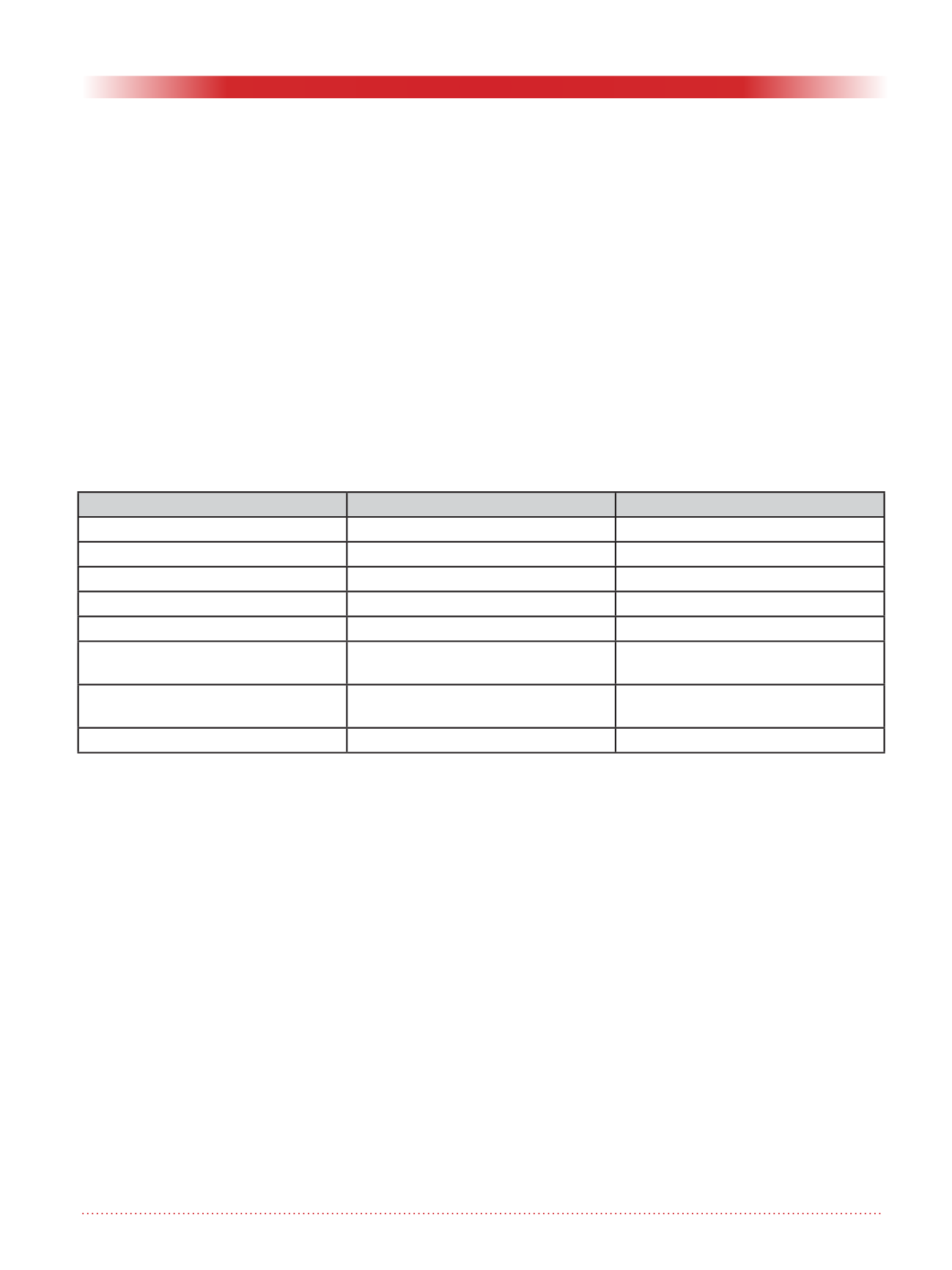
Geotechnical News • June 2018
35
GEOHAZARDS
A slope stability analysis working group, CDA
D. Chad LePoudre, P.Eng
A working group was formed in 2017
within the Mining Dams Committee
(MDC) of the Canadian Dam Asso-
ciation (CDA) to advance the state
of knowledge with respect to slope
stability analyses for mining dams.
The group coordinated and offered a
workshop at the CDA annual confer-
ence in Kelowna, British Columbia
on October 14, 2017. Approximately
40 people attended the workshop,
with many recognized tailings experts
among the attendees. Following its
success, MDC recognized that a series
of similar events should be held each
year at the annual conference. Further,
while labelled as a workshop, there
were many opportunities for discus-
sion with the audience and at times the
atmosphere more closely resembled a
forum.
There were several underlying moti-
vations to form the working group,
including the continued development
of new CDA guidance regarding
factor of safety (in progress), as well
as ensuring distribution of lessons
learned from the established failure
modes of recent tailings dam failures
around the world amongst Canadian
professionals. Further, several of the
working group members had recently
witnessed examples of slope stability
analyses that was not always per-
formed adequately, further emphasiz-
ing the need for knowledge sharing.
The working group was comprised
of select members of the MDC, from
various consultants and owners, as
listed in the table below.
Context of the workshop
Stability analysis of mining dams is
one of the core aspects of an overall
Dam Safety Management System,
particularly where tailings dams are
increasing in height over time. The
purpose of the stability analysis is
to determine whether the dam will
remain safe during normal condi-
tions and, more importantly, during
an unusual loading event or change in
conditions. The stability analyses are
conducted using available supporting
information, such as surveillance and
monitoring of instrumentation, drilling
programs, laboratory testing, as well
as the application of seepage, defor-
mation, and stress modelling. The
focus of the workshop was to present
selected topics to improve industry
consistency. Those topics were:
• The criteria for application of und-
rained shear strength for contrac-
tive soils, where drained shear
strength parameters may be incor-
rectly applied assuming there is no
trigger for an undrained event;
• Limit Equilibrium Method vs.
stress-deformation analysis;
• Parameter selection;
• Target geotechnical criteria, such as
Factor of Safety (FOS);
• Triggers to be considered;
• Consequences; and,
• Slope stability modeling (carried
over to the 2018 workshop).
The various topics were divided
among the working group and
separate presentations were delivered,
with time for discussion among the
attendees. One of the key areas that
caused some difficulty for the work-
ing group was the use of inconsistent
terminology between practitioners.
Therefore, terminology was presented
to the attendees near the beginning
of the workshop in an attempt to gain
some consistency (at least among the
working group). The terminology
was established for loading conditions
Name
Company
Position
Andy Small, Chair
Amec Foster Wheeler
Principal Geotechnical Engineer
Michael Cyr
Amec Foster Wheeler
Senior Geotechnical Engineer
Shiu Kam
Golder Associates
Principal Geotechnical Engineer
Chad LePoudre
SNC-Lavalin
Principal and Vice President
Mohammad Al-Mamun
SNC-Lavalin
Senior Geotechnical Engineer
Scott Martens
Canadian Natural
Manager, Geotechnical/Geology,
Albian Sands
Todd Martin
Anglo American
Lead Engineer - Mineral Residue
Facilities
Mauricio Pinheiro
Thurber
Geotechnical Engineer


